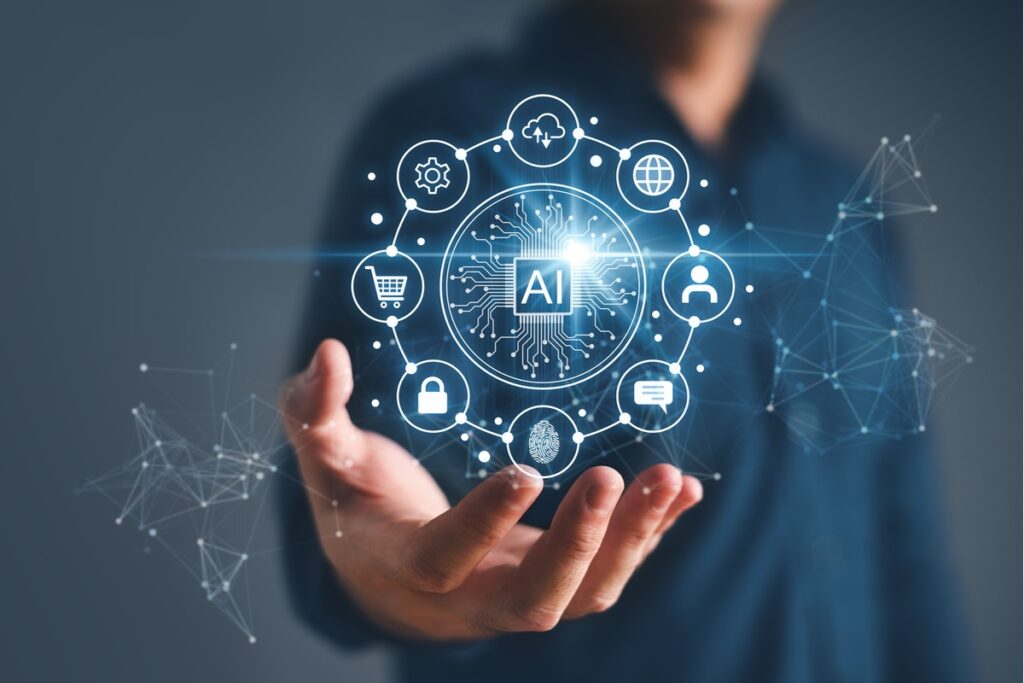How Artificial Intelligence is Redefining the Way We Connect, Manage, and Deliver Projects
For decades, project integration management has been about connecting the dots—aligning scope, schedules, resources, risks, and stakeholders into a coherent, functioning whole. But as projects become increasingly complex, and the pace of delivery accelerates, traditional tools and methods often struggle to keep up.
Enter Artificial Intelligence (AI).
What used to take hours of manual effort—consolidating reports, forecasting delays, identifying resource conflicts—can now be handled in seconds. But AI isn’t just about automation. It’s about augmentation. It’s about making project managers smarter, faster, and more strategic. In the realm of integration management, AI is proving to be a true game-changer.
Integration Management at the Speed of Insight
At its core, integration management is about informed decision-making. You’re balancing inputs from across the project—scope, budget, quality, change requests—and making calls that impact success. The challenge is that most project environments are data-rich, but insight-poor.
That’s where AI makes the difference.
AI tools today can:
- Analyze project data in real time to identify integration points and potential misalignments.
- Predict risks and bottlenecks by learning from historical data and pattern recognition.
- Suggest optimal schedules or resource reallocations to prevent conflicts before they occur.
- Automate updates to integrated project baselines when scope or timelines shift.
This allows project managers and PMOs to spend less time on reactive coordination—and more time leading strategically.
Smarter Change Control
One of the most powerful applications of AI in integration management is in change impact analysis. Every project change—big or small—has ripple effects. Traditionally, assessing those impacts meant combing through dependencies manually or relying on tribal knowledge.
AI tools, by contrast, can:
- Instantly assess the downstream impact of a proposed change on scope, cost, time, and risk.
- Recommend mitigation strategies or trade-offs.
- Alert stakeholders whose deliverables or inputs may be affected.
This elevates integrated change control from a bureaucratic bottleneck to a value-driven process that supports agility while preserving stability.
From Status Reports to Predictive Insights
PMOs have long been guardians of status updates. But with AI, we can shift from backward-looking reporting to forward-looking guidance.
Imagine a dashboard that not only shows current health indicators, but also:
- Flags early signals of misalignment across workstreams.
- Forecasts completion confidence by team or milestone.
- Recommends intervention points based on predicted variances.
This is no longer science fiction. It’s already being implemented in leading project organizations using AI-powered platforms like Microsoft Project with Copilot, Smartsheet with predictive AI, and emerging tools built around GPT-based insights.
Integration in a Hybrid World
In hybrid project environments—where agile, waterfall, and everything in between coexist—integration becomes even more challenging. Teams use different tools, different cadences, and speak different “project languages.”
AI can serve as a unifying layer across these fragmented ecosystems. It can:
- Normalize data from various tools and methodologies.
- Translate agile user stories into dependencies visible to waterfall teams.
- Provide cross-method forecasts and dashboards in a single pane of glass.
This makes AI not just a tech upgrade—but a strategic bridge between delivery approaches.
The Human-AI Partnership
Let’s be clear: AI isn’t here to replace project managers. It’s here to empower them. The best results come from a partnership—where the human sets the goals, context, and direction, and the AI provides speed, pattern recognition, and predictive power.
PMOs and project leaders who embrace AI are not just integrating work—they’re integrating intelligence into the very heart of how projects are delivered.
Conclusion
AI-powered project integration isn’t a trend—it’s a transformation. It enables faster decisions, clearer visibility, and more proactive management. But more than that, it frees up project leaders to do what they do best: lead with clarity, empathy, and vision.
As we look to the future of project management, one thing is clear—the most integrated projects won’t just be well-planned. They’ll be AI-enhanced.




